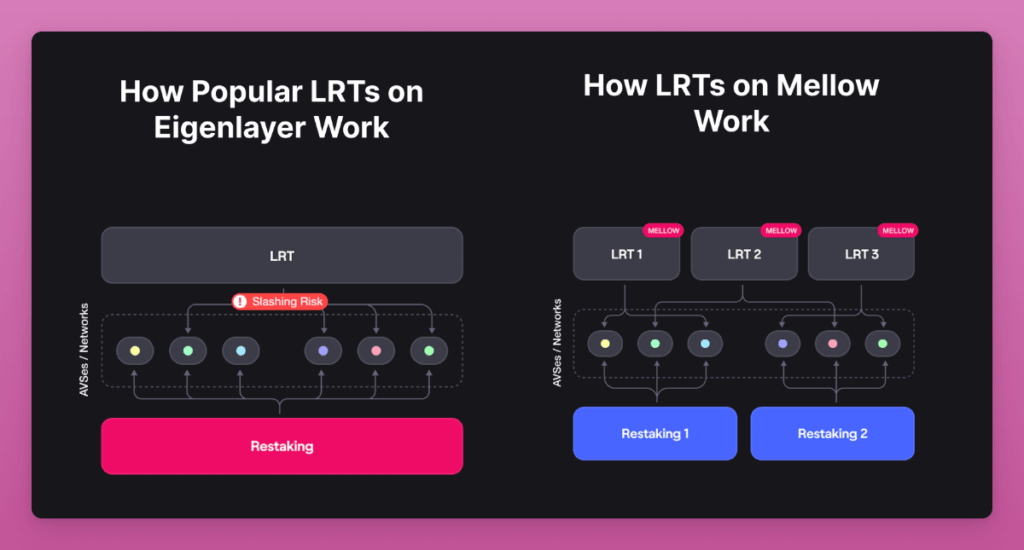Podcast Summary
This episode of the “Web 3 with A16Z” podcast delves into the complex topic of startup pricing strategies across traditional businesses, Web 2, and Web 3. The discussion features insights from A16Z crypto’s Maggie Hsu, Harvard Business School professor Scott Kominers, and Jason Rosenthal from the N/A. They explore a range of topics including unit economics, consumer psychology, and the use of on-chain data for informed pricing decisions.
Key Takeaways
Understanding the Pricing Landscape
- Initial Steps for Pricing Strategy: Jason Rosenthal advises founders to understand the product’s market context and level of innovation as the first steps in developing a pricing strategy.
- Web 3 Pricing Tools: The podcast highlights the new pricing tools and levers available in Web 3, expanding beyond the constraints of Web 2.
- Business Models in Web 3: Maggie Hsu discusses the variety of business models in Web 3, from traditional SaaS to mint pricing, and how pricing can be company-set or market-determined.
Economic Theory and Pricing
- Supply and Demand: Scott Kominers explains the economic theory perspective on pricing, focusing on supply and demand clearing and the challenges of pricing new products with unknown demand.
- Network Effects: Scott introduces the concept of network effects, explaining how more participants increase a network’s value, with historical examples like Craigslist and modern platforms like Airbnb.
Web 3 and Pricing Mechanisms
- Evolution of Pricing Mechanisms: The podcast discusses the evolution of pricing mechanisms, with the ability to price products in multiple units such as fiat, cryptocurrency, or internal units of account.
- New Sales Mechanisms: Web 3 introduces new sales mechanisms like multi-staged sales and early adopter community building, which help test product demand energy.
- Value Proposition: The importance of a clear value proposition is underscored, as it influences market demand and consumers’ willingness to pay.
Sentiment Analysis
- Bullish: The podcast expresses a bullish sentiment towards the potential of Web 3 and crypto networks to expand available business models and create mechanisms that prevent pricing from taking advantage of users. The speakers also highlight the transparency of blockchain transactions as a key advantage for web three companies, allowing them to make more informed decisions about pricing and marketing strategies.
- Bearish: There is a bearish sentiment towards the vulnerability of users and advertisers to platforms’ take rates, along with certain monetization strategies that may conflict with the network’s purpose. The speakers also critique the unnecessary complexity in some teams’ pricing mechanisms, advocating for simpler, established methods to avoid complications.
- Neutral: The podcast maintains a neutral stance on the complexities of pricing strategies for new web three projects in an open-source environment with high community permeability. The speakers acknowledge the challenges founders face in pricing, such as the fear of undervaluing products and discrepancies between investment and market valuation.








